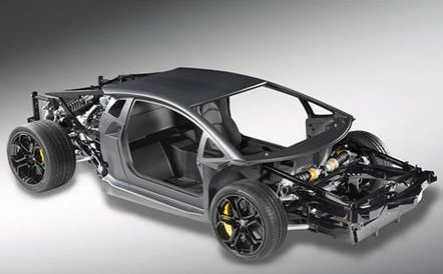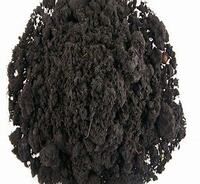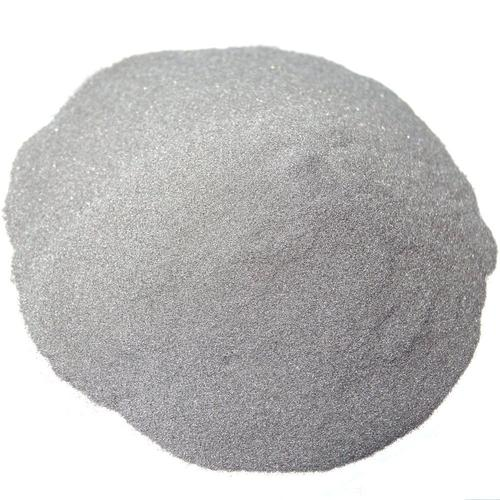1. Introduction
In the past 48 hours, aerospace and additive manufacturing sectors have seen renewed interest in titanium powder due to a major defense contractor announcing a new initiative to scale up 3D-printed titanium components for next-gen fighter jets. This move has sparked discussions about supply chain resilience and the cost-effectiveness of different titanium powder types—especially as global demand for titanium metal powder continues to climb.

Titanium powder isn’t just one material—it’s a family of powders with distinct properties, production methods, and price points. Whether you’re looking to buy titanium powder for 3D printing, industrial coatings, or pyrotechnics, understanding these differences is crucial. In this article, we’ll break down the key varieties, compare their uses and costs, and even touch on how they stack up against other high-performance metal powders like molybdenum and tungsten.
2. Types of Titanium Powder and Their Production Methods
Not all titanium powder is created equal. The two dominant production techniques are gas atomization and the hydride-dehydride (HDH) process, each yielding powders with unique characteristics.
Gas atomized titanium powder is spherical, flowable, and ideal for additive manufacturing. Its smooth particle shape ensures consistent layer deposition in 3D printers, making it the go-to for titanium powder for 3D printing applications. In contrast, HDH titanium powder is irregularly shaped, less expensive, and commonly used in powder metallurgy or as a precursor for other titanium compounds.
Pure titanium powder (often Grade 1 or 2) is used where corrosion resistance and biocompatibility matter—think medical implants. Meanwhile, titanium alloy powder like Ti6Al4V (also called Ti64) dominates aerospace and high-stress applications thanks to its superior strength-to-weight ratio.
Specialty variants include titanium nitride powder (hard, gold-colored, used in coatings), titanium carbide powder (extreme hardness for cutting tools), and titanium diboride (TiB2) powder—valued for its electrical conductivity and wear resistance. There’s also titanium flash powder (a pyrotechnic mix) and burnt titanium powder coat residues, though these are niche.
3. Titanium Powder Pricing: What Drives the Cost?
When researching titanium powder price per kg, you’ll find wide variations. As of mid-2024, spherical gas-atomized Ti6Al4V powder for 3D printing can cost anywhere from $300 to $600 per kg, depending on purity, particle size distribution, and supplier. Pure titanium powder is slightly cheaper, while HDH powder may be under $150/kg.

Factors influencing titanium powder cost include raw material (titanium sponge) prices, energy-intensive processing, and certification requirements (e.g., ASTM standards for aerospace). The titanium powder for 3D printing price is especially sensitive to demand spikes from industries like medical device manufacturing and defense.
For buyers, it’s essential to distinguish between lab-scale quotes and bulk titanium powder for sale. Reputable titanium powder suppliers often offer tiered pricing, and international titanium powder markets (led by the U.S., China, and Germany) can affect lead times and tariffs.
4. How Titanium Powder Compares to Molybdenum and Tungsten Powders
While titanium powder excels in lightweight, high-strength applications, it’s often compared to molybdenum powder and tungsten powder in high-temperature or wear-resistant contexts.
Molybdenum metal powder (including MoS2 powder, TZM powder, and molybdenum disilicide) is prized for its high melting point and thermal stability. Molybdenum disulfide powder uses include lubrication in extreme environments, and its price is generally lower than titanium—though molybdenum powder price per kg still hovers around $50–$120 depending on form.
Tungsten powder, especially spherical tungsten powder or tungsten carbide powder, offers unmatched density and hardness. Tungsten powder price per kg ranges from $30 to $100 for pure forms, but fused tungsten carbide powder can exceed $200/kg. Global Tungsten & Powders Corporation and other tungsten powder suppliers serve industries from mining to electronics.
Unlike titanium, neither molybdenum nor tungsten is commonly used in biocompatible 3D printing. However, tungsten carbide thermal spray powder and molybdenum graphite powder fill critical roles in tooling and furnace components.

5. Key Applications and Where to Buy
Titanium powder uses span aerospace (jet engines, airframes), medical (dental implants, bone screws), and even consumer goods (sports equipment, luxury watches). Ti64 powder remains the most widely used titanium alloy powder in additive manufacturing.
For those looking to buy titanium powder, it’s vital to verify certifications, particle size (typically 15–45 µm for 3D printing), and oxygen content. Reputable titanium powder suppliers include companies like Carpenter Additive, AP&C (a GE Additive company), and VSMPO-AVISMA.
Beware of misleading terms: TiO2 powder (titanium dioxide) is a white pigment used in sunscreens and paints—not a metal powder. Similarly, TiO2 nano powder and titanium coated diamond powder serve entirely different purposes than titanium metal powder.
Also note: titanium dust can be flammable under certain conditions, so proper handling is essential. And while titanium flash powder creates brilliant sparks, it’s highly reactive and not for amateur use.
6. Conclusion
Understanding the nuances between titanium powder types—whether you need spherical titanium powder for additive manufacturing or cost-effective HDH powder for metallurgy—can save time and money. With titanium powder price per kg fluctuating based on global supply chains and technological demand, staying informed is key. Whether you’re comparing ti powder price with molybdenum or tungsten alternatives, or sourcing titanium 3D printing powder for a critical project, always prioritize quality, certification, and supplier reliability.
Our Website founded on October 17, 2012, is a high-tech enterprise committed to the research and development, production, processing, sales and technical services of ceramic relative materials such as How. Our products includes but not limited to Boron Carbide Ceramic Products, Boron Nitride Ceramic Products, Silicon Carbide Ceramic Products, Silicon Nitride Ceramic Products, Zirconium Dioxide Ceramic Products, etc. If you are interested, please feel free to contact us.
